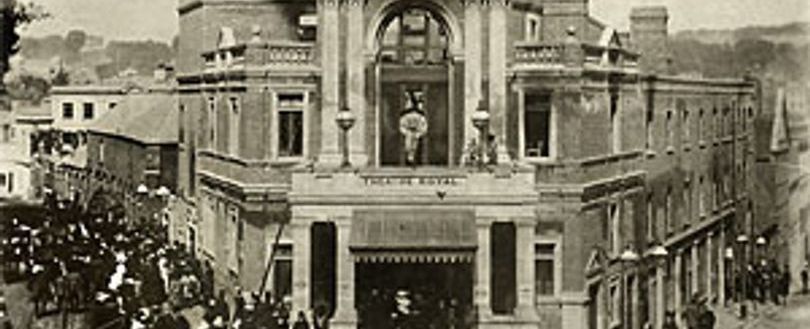- Homepage
- News
- Blogs & Articles
- On this day, historic disaster: Theatre Royal Fire, 1887

On this day, historic disaster: Theatre Royal Fire, 1887
Like it? Share it!
05 September 2024 by FIA Team, FIA Team
On the night of 5th September, 1887, the Theatre Royal in Exeter, England, witnessed a fire that claimed 186 lives, making it the deadliest theatre disaster.
The theatre, designed by renowned architect C. J. Phipps, had recently replaced its predecessor destroyed by fire in 1885. Despite assurances from Phipps that it adhered to safety regulations, deficiencies were noted during the licensing inspection, including insufficient exits, narrow staircases, and inadequate fire suppression measures.
The inadequacies of the theatre's design were revealed; Patrons in the gallery, limited to a single narrow staircase, faced a bottleneck exacerbated by design flaws, resulting in numerous casualties. The absence of clear exit signs and locked doors further added to the tragedy.
The disaster unfolded during the production of The Romany Rye, featuring up to eighteen elaborate sets stored backstage. The complex play, with its intricate sets stored backstage, attracted 700 to 800 attendees, half the theatre's capacity. The fire broke out around 10:20 pm during the fourth act when a gauze curtain caught fire, leading to a rapid and uncontrollable combustion.
Despite the Theatre Royal's proximity to the West of England Insurance Co's fire brigade, the initial response was hindered by the building's design flaws. Rescuers from the public, armed with ladders from a local builder's yard, played a crucial role in saving lives.
The Theatre Royal disaster remains as a reminder of the importance of stringent safety regulations and the devastating consequences of overlooking them. As we reflect on this event, it highlights the ongoing commitment to fire safety in theatres and public spaces, ensuring that this event does not repeat.
View the source.
-

FIA Team
FIA Team
Related posts
-
Navigating Gateway 2 & 3: Supporting Fire Safety Professionals
17 September 2025
By FIA Team, FIA Team
